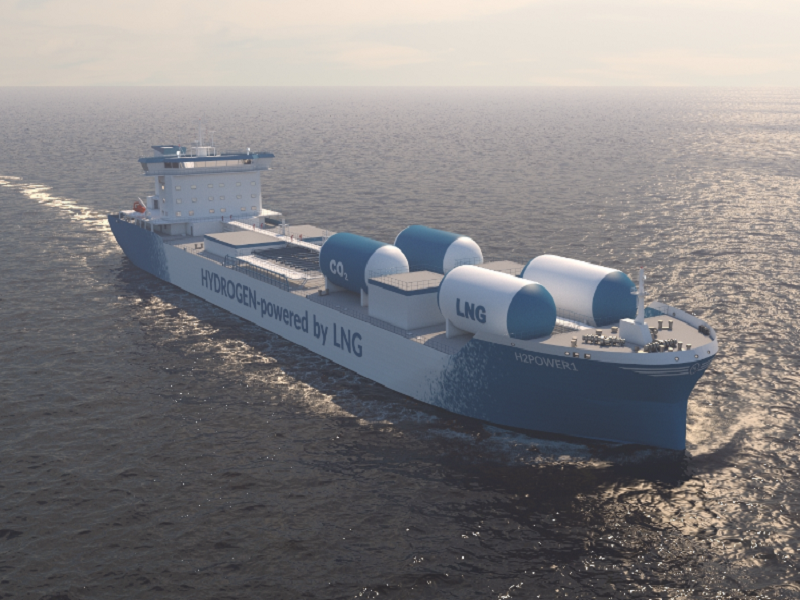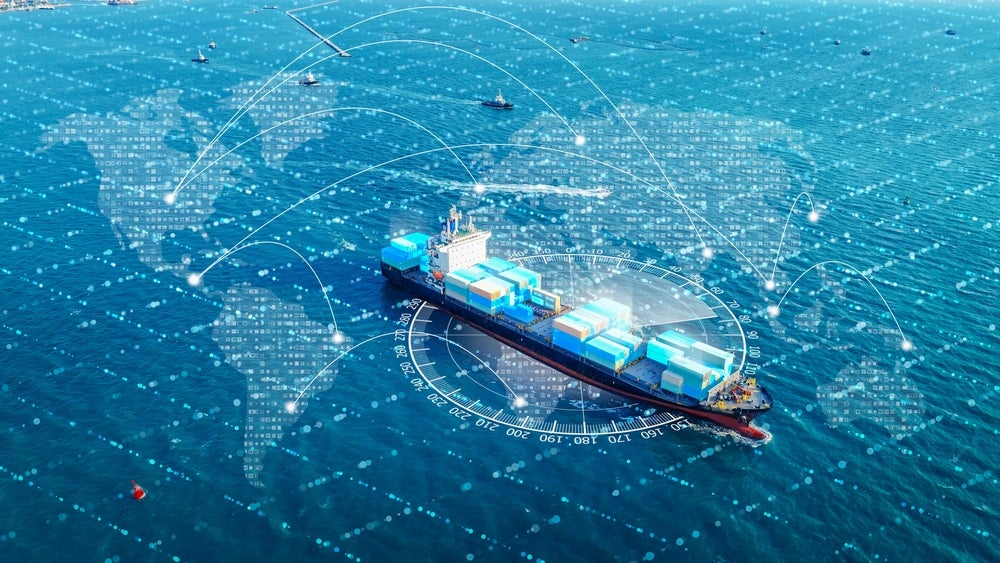
Swedish designer FKAB Marine Design has obtained approval in principle (AiP) from classification society RINA for its hydrogen-powered MR Tanker.
This is said to be the first design to have received AiP that utilises existing viable technology and fuels to reach International Maritime Organisation (IMO) 2050 targets.
Developed by the class society and designed by FKAB, the propulsion combines the vessel’s fuel of liquified natural gas (LNG) with steam to generate hydrogen and CO₂.
Under a joint project, this MR LNG/hydrogen-fuelled vessel will be developed by ABB and Helbio, a subsidiary of Metacon.
RINA Greece marine technical director Antonios Trakakis said: “To meet CO₂ reduction targets, shipping is faced with the challenge of having solutions which either rely on fossil fuels, but which still require technology to mature, or on new, zero-carbon fuels, the availability of which is still far from being guaranteed.
“This new design enables the use of hydrogen as a fuel today, without the need for bunkering and storage on board, and exceeds IMO 2050 targets for 70% reduction of carbon intensity.”
How well do you really know your competitors?
Access the most comprehensive Company Profiles on the market, powered by GlobalData. Save hours of research. Gain competitive edge.

Thank you!
Your download email will arrive shortly
Not ready to buy yet? Download a free sample
We are confident about the unique quality of our Company Profiles. However, we want you to make the most beneficial decision for your business, so we offer a free sample that you can download by submitting the below form
By GlobalDataThe design of the MR tanker uses the fusion of LNG with steam in a Helbio gas reformer, which divides the LNG molecules into hydrogen and carbon.
Hydrogen will then be utilised to power the internal combustion engines and fuel cells inside ABB’s hybrid marine power system.
The carbon is collected by splitting the LNG molecules, rather than from exhaust gas.
In a statement, RINA said: “Any solution that aims to reduce a ships’ CO₂ emissions today should ensure a competitive Carbon Intensity Index (CII) rating, which has increasingly stringent rating thresholds towards 2030, throughout the whole service life of the vessel, not only when getting closer to 2050. This may prove to be a substantial limitation for conventional ships built with the intention of being retrofitted after ten to 15 years from delivery.”
For maintaining maximum CII rating throughout the life of the vessel, the new design will enable the progressive use of hydrogen.
The new green vessel will achieve decarbonisation goals by either operating on the engine that will only use hydrogen or by generating all the required power from fuel cells.
Last June, Wartsila and RINA unveiled a new propulsion arrangement concept designed to optimise fuel consumption.







